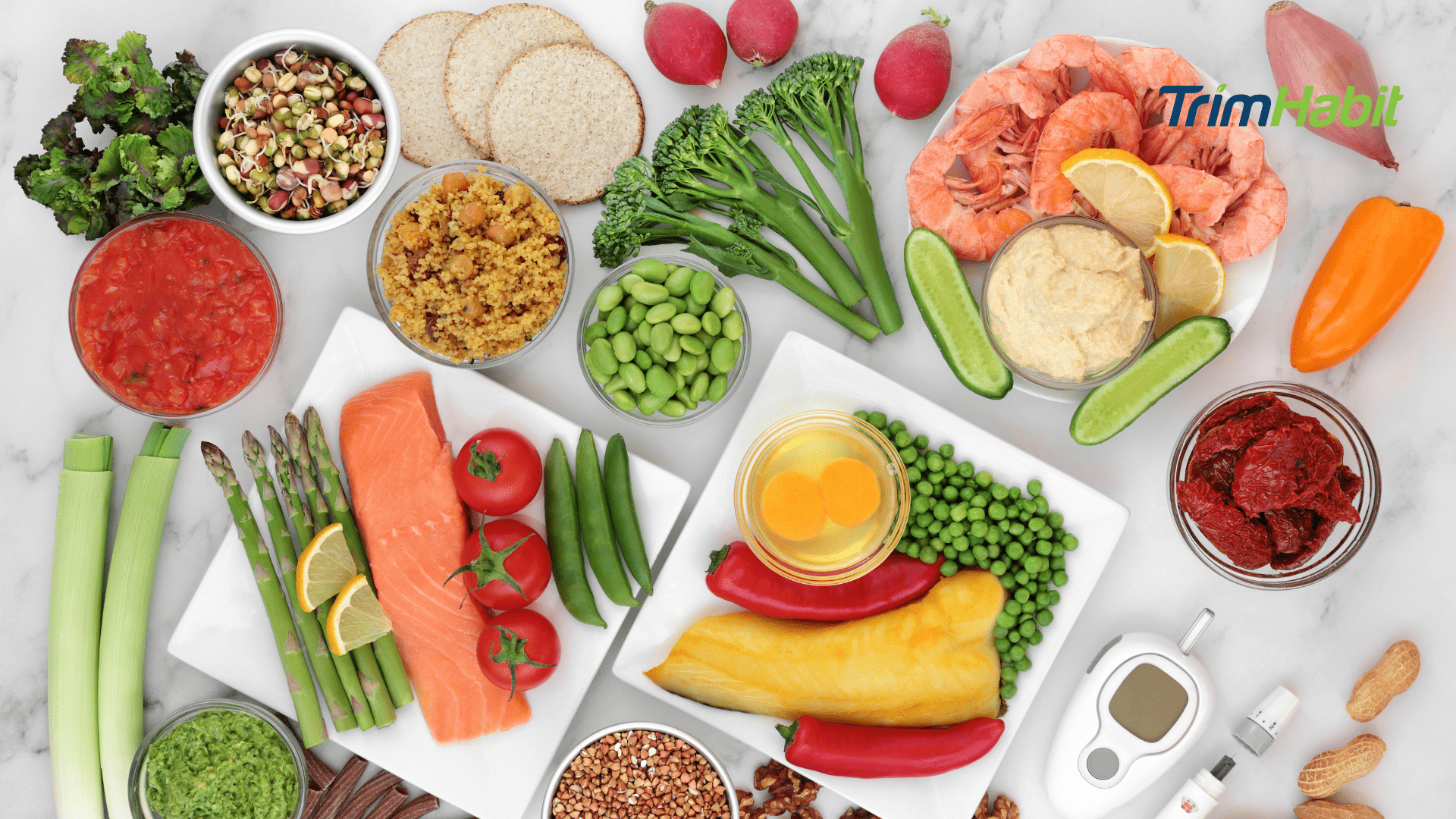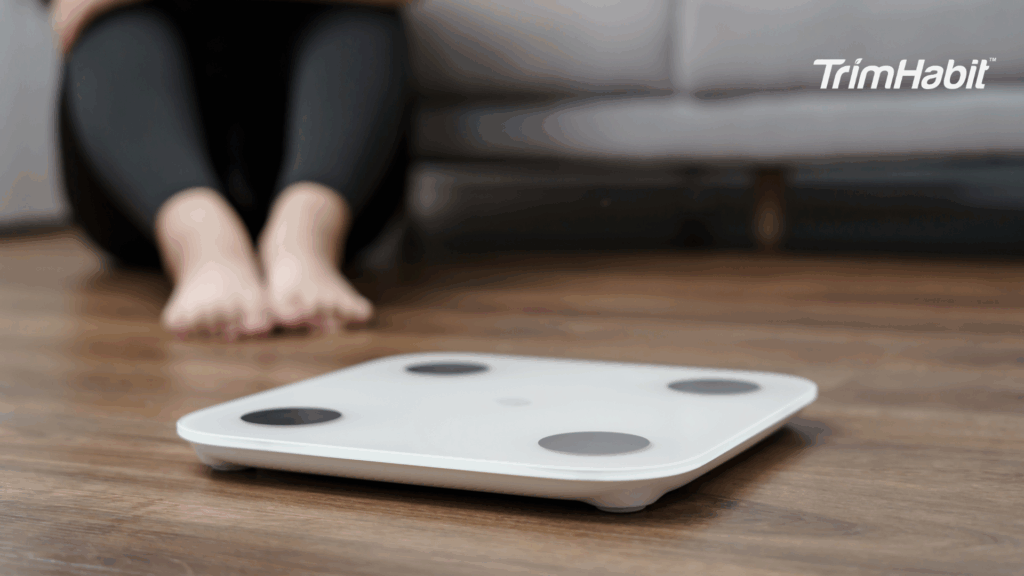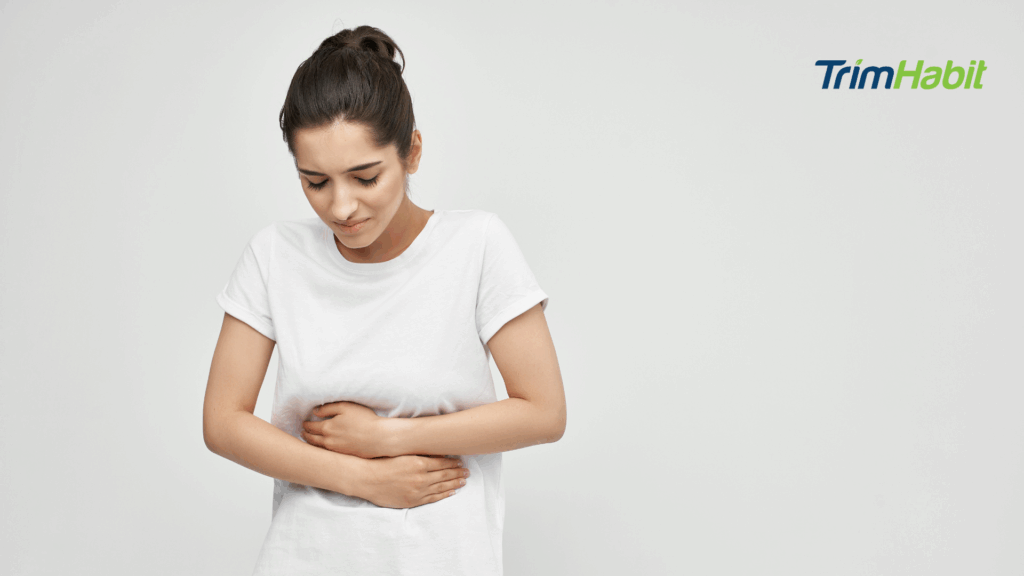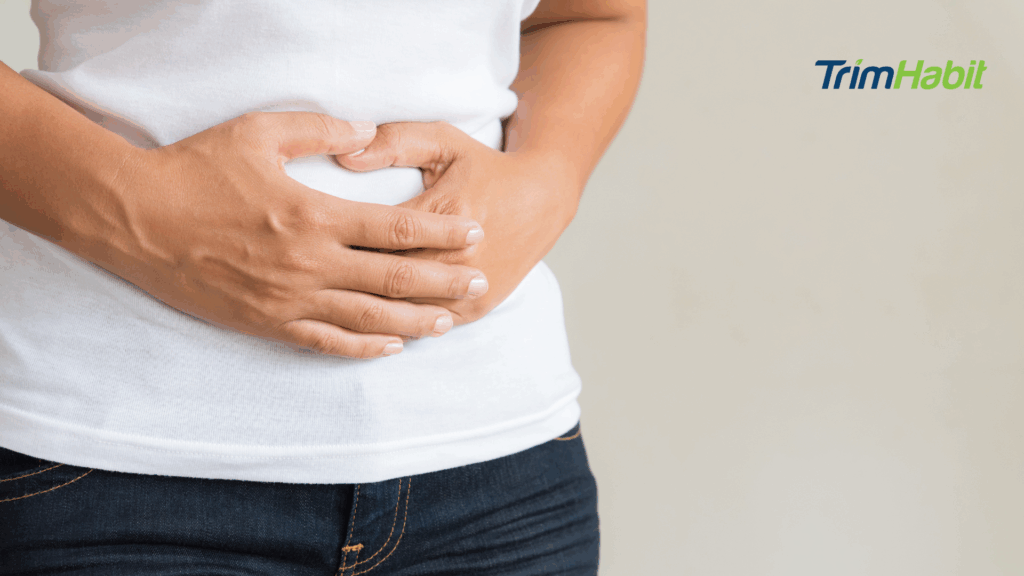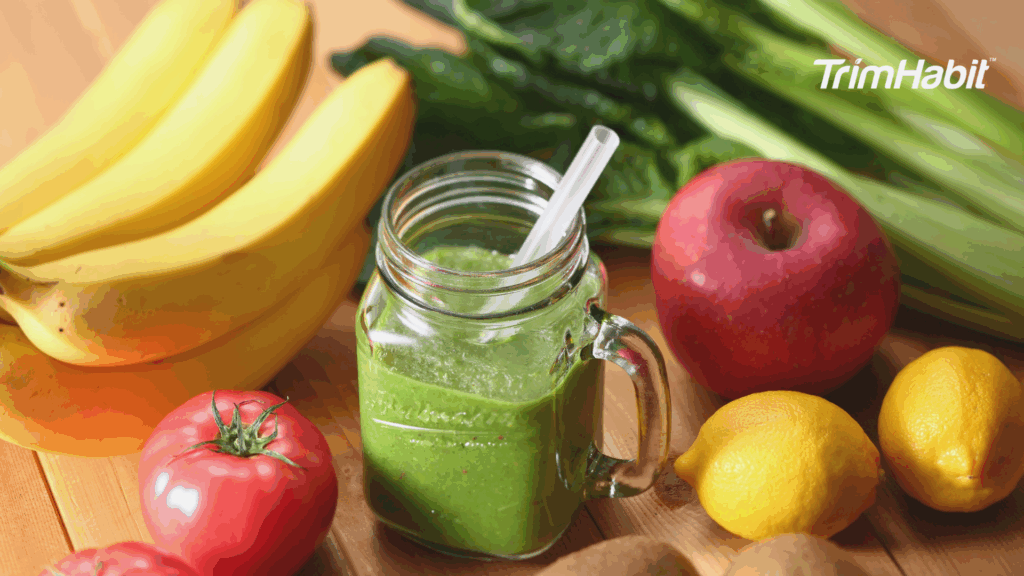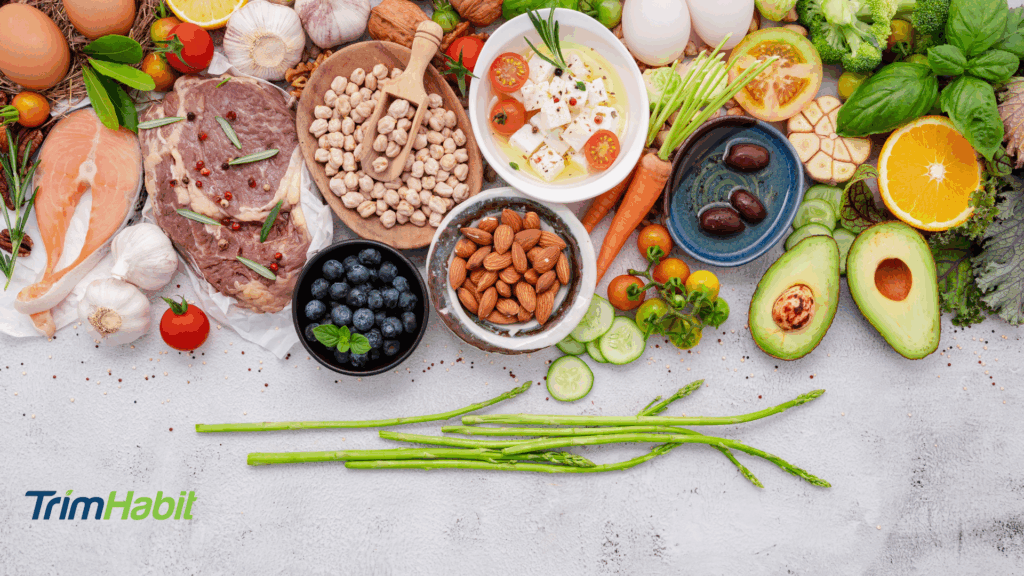Semaglutide has been making headlines in recent years, and for good reason. As a GLP-1 receptor agonist, this medication was initially developed to assist individuals with type 2 diabetes in managing their blood sugar levels. More recently, it has been recognized for its effectiveness in supporting sustained weight loss and appetite control, making it a valuable addition to the care plans of those aiming for long-term metabolic health.
Still, medication is only one part of the picture. What you eat while taking semaglutide matters more than many people realize. While the drug helps regulate blood sugar and reduce cravings, your diet can either support or weaken these effects. Choosing low-sugar, nutrient-rich foods can improve results and overall comfort.
In this article, we’ll explore a wide variety of low sugar foods that pair well with semaglutide. We’ll also explain why these foods matter, how they affect your body while on the medication, and how to create meals and snacks that are satisfying and effective.
Understanding Semaglutide And Its Role In The Body
Semaglutide works by mimicking a naturally occurring hormone called GLP-1 (glucagon-like peptide-1)1. This hormone helps the body in several important ways:
- Stimulates insulin release when glucose levels are high
- Slows down digestion to keep you full longer
- Reduces appetite by signaling fullness to your brain
These effects are especially helpful for managing type 2 diabetes, insulin resistance, and obesity. However, they also bring changes to digestion and appetite. Many people experience nausea, reduced hunger, or even food aversions early in treatment.
Eating the right foods can make this process smoother. A balanced diet rich in low-sugar, whole foods supports energy, digestion, and blood sugar stability.
What Qualifies As A Low-Sugar Food?
Low-sugar foods have little to no added sugar and are generally low on the glycemic index. The glycemic index (GI) measures how quickly a food raises blood glucose. Foods with a low glycemic index tend to digest more slowly, helping stabilize blood sugar levels2.
Natural carbohydrates found in vegetables, fruits, and whole grains are not something to avoid entirely. Your body needs them, but it’s important to choose sources that digest gradually and don’t cause sharp blood sugar spikes.
Categories Of Low Sugar Foods That Pair Well With Semaglutide
1. Leafy Greens and Non-Starchy Vegetables
Leafy greens and non starchy vegetables are among the most nutritious foods available. They are high in fiber, vitamins, and minerals while being very low in sugar and calories.
Top Choices:
- Spinach
- Kale
- Arugula
- Romaine
- Swiss chard
- Broccoli
- Cauliflower
- Bell peppers
- Zucchini
- Green beans
- Cucumber
Why They Help: These vegetables promote fullness without overwhelming your digestive system. Their high fiber content works well with semaglutide’s effect of slowing digestion. Fiber also improves blood sugar control and digestive health.
How to Eat Them: Lightly steam or sauté vegetables in olive oil or toss them in salads. For those with reduced appetite, blend greens into soups or smoothies.
2. Lean Proteins
Lean protein is crucial for anyone on semaglutide. It preserves muscle mass during weight loss and keeps metabolism active.
Top Choices:
- Skinless chicken breast
- Turkey
- Eggs
- Boiled eggs
- Egg whites
- White fish (cod, tilapia)
- Salmon
- Low fat cottage cheese
- Tofu
- Tempeh
- Greek yogurt (unsweetened)
Why They Help: Protein helps keep you full longer and supports muscle health. It also helps with blood sugar stability by slowing the absorption of carbohydrates.
How to Eat Them: Grill or bake proteins using herbs and spices. Avoid fried foods and high-fat dairy when possible. Greek yogurt makes a great snack or breakfast, especially when paired with chia seeds or fruit.
3. Whole Grains and Complex Carbohydrates
Complex carbohydrates are a part of any healthy diet and provide lasting energy. While some may try to avoid carbs, choosing whole grains helps maintain balance.
Top Choices:
- Brown rice
- Steel-cut oats
- Quinoa
- Farro
- Bulgur
- Whole wheat pasta
- Legumes (lentils, black beans, chickpeas)
Why They Help: Whole grains are digested slowly and contain fiber, which supports blood sugar control. They also offer B vitamins and support nutrient absorption.
How to Eat Them: Stick to moderate servings. A half-cup of cooked grains per meal is often enough. Combine them with vegetables and lean protein for balanced meals.
4. Low Glycemic Fruits
Fruits can still be part of a low-sugar diet, especially those with low glycemic impact.
Top Choices:
- Berries (blueberries, raspberries, blackberries)
- Green apples
- Grapefruit
- Kiwi
- Plums
- Cherries
Why They Help: These fruits are hydrating and packed with antioxidants, vitamins, and fiber. They provide sweetness without causing dramatic blood sugar spikes.
How to Eat Them: Eat fruit whole rather than juiced. Pair apple slices with peanut butter or add berries to oatmeal.
5. Healthy Fats
Healthy fats help you feel full and aid in the absorption of fat soluble vitamins like A, D, E, and K.
Top Choices:
- Avocados
- Olive oil
- Nuts (almonds, walnuts, pecans)
- Seeds (chia, flax, pumpkin)
- Nut butters (unsweetened)
- Fatty fish (salmon, mackerel)
Why They Help: Healthy fats support heart health, reduce inflammation, and help stabilize blood sugar. They also reduce cravings for sugary foods and refined carbs.
How to Eat Them: Top your salads with avocado, snack on nuts and seeds, and drizzle olive oil over vegetables.
6. Fermented and Gut-Friendly Foods
Fermented foods support digestive health and may ease some of the stomach discomfort associated with semaglutide.
Top Choices:
- Greek yogurt (unsweetened)
- Kefir
- Sauerkraut
- Kimchi
- Miso
- Pickled vegetables
Why They Help: These foods contain probiotics, which improve the balance of gut bacteria and can reduce bloating or stomach pain.
How to Eat Them: Choose products with live cultures and no added sugars. Start small to avoid discomfort.
Foods To Avoid While Taking Semaglutide
To get the most out of semaglutide, avoid foods that counteract its effects or worsen side effects.
Foods to Avoid:
- White bread
- French fries
- Baked goods made with refined carbohydrates
- Sugary foods and drinks
- High-fat dairy
- Fried foods
- Large portions of starchy vegetables like potatoes or corn
These foods often contain unhealthy fats or added sugars that can spike blood sugar levels and lead to discomfort.
Additional Food And Lifestyle Tips
While semaglutide aids in glucose control and appetite regulation, a few lifestyle adjustments can enhance its effectiveness.
Get Enough Fluids
Semaglutide can lead to dehydration, especially in the first few weeks. Sip water throughout the day and include hydrating foods like cucumber, watermelon, and soups.
Eat Slowly
Because semaglutide slows gastric emptying, eating too quickly can lead to discomfort or nausea. Chew thoroughly and allow time between bites. Smaller, slower meals often feel better than one large meal.
Plan Your Meals
Planning meals in advance can help you avoid impulse choices, which are more likely to involve sugar or processed foods. Meal prepping also ensures you have go-to options available when your appetite is lower than usual.
Limit Added Sugars and Simple Carbohydrates
Avoid sugary beverages, white bread, pastries, and candy. Not only can these spike your blood sugar, but they can also intensify gastrointestinal side effects.
Keep Portions Modest
Overeating, even healthy food, can lead to bloating or nausea with semaglutide. Focus on nutrient density over quantity. A small, balanced plate often works better than a large serving.
Sample Low-Sugar Meal Plan For A Day
Breakfast:
- Scrambled eggs with sautéed spinach and mushrooms, topped with avocado
- Side of mixed berries
- Herbal tea or black coffee
Mid-Morning Snack:
- Greek yogurt (plain, unsweetened) with ground flaxseed and a few sliced almonds
Lunch:
- Grilled chicken breast
- Mixed greens salad with cucumbers, tomatoes, olive oil, and lemon juice
- ½ cup cooked quinoa
Afternoon Snack:
- Apple slices with natural almond butter
Dinner:
- Baked salmon with roasted Brussels sprouts and cauliflower mash
- Side of fermented cabbage or kimchi
Evening (if needed):
- Warm herbal tea or a few slices of cucumber with hummus
Conclusion
Semaglutide can be highly effective, but it works best when paired with consistent, low-sugar eating habits. Limiting sugary foods and focusing on whole, low-glycemic options helps extend the benefits beyond weight loss or blood sugar control. As your body adjusts, you might experience more energy, better digestion, and greater day-to-day comfort.
Choosing unprocessed foods that support natural balance allows semaglutide to deliver stronger results. Since each person responds in a unique way, it is important to notice which foods help you feel your best. A healthcare provider or registered dietitian can offer helpful guidance tailored to your needs.
What you eat influences how your body functions, how progress is maintained, and how you feel throughout the day. Making smart choices such as eating smaller portions, drinking enough fluids, and planning meals ahead of time increases your chances of long-term success and supports health during and after treatment.

